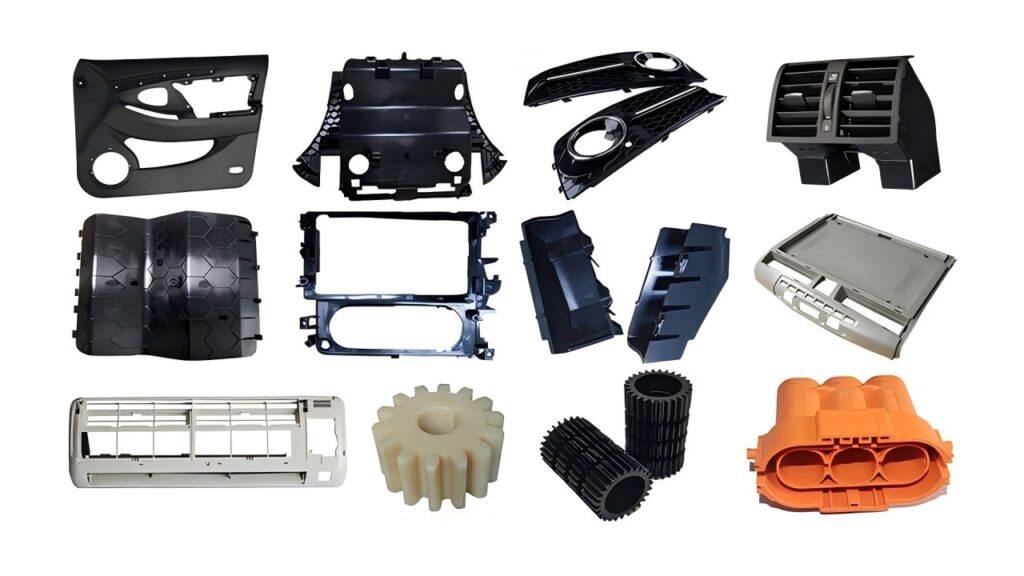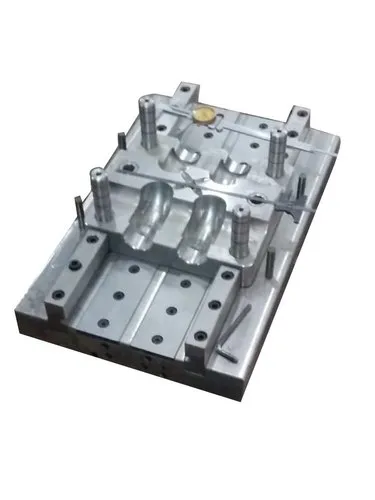As the global shift toward electric vehicles (EVs) accelerates, one of the most critical areas of innovation is weight reduction. Reducing the weight of EV components is essential to improving energy efficiency, extending battery range, and enhancing performance. Molding technologies play a pivotal role in the manufacturing of lightweight components, enabling the production of complex, high-strength parts with reduced mass.
Importance of Lightweighting in EVs
Improved Range: Lighter vehicles require less energy to move, directly contributing to longer driving ranges per battery charge.
Enhanced Efficiency: Weight reduction minimizes rolling resistance and energy consumption.
Performance Gains: A lower overall mass improves acceleration, braking, and handling dynamics.
Regulatory Compliance: Automakers are under increasing pressure to meet stringent emission and energy efficiency standards, even for EVs.
Key Molding Technologies for Lightweight EV Components
1. Injection Molding
Materials: Thermoplastics, fiber-reinforced polymers, bio-composites.
Applications: Dashboards, interior panels, battery housings, and under-the-hood components.
Advantages: High production speed, precision, repeatability, and cost-effectiveness.
2. Compression Molding
Materials: Carbon fiber reinforced plastics (CFRP), glass fiber composites.
Applications: Structural components like body panels, floor structures, and battery enclosures.
Advantages: Suitable for high-strength parts with complex shapes; lower waste material.
3. Resin Transfer Molding (RTM)
Materials: Advanced thermoset composites.
Applications: Lightweight structural components with high mechanical strength.
Advantages: Excellent surface finish, strength-to-weight ratio, and automation compatibility.
4. Blow Molding
Materials: Thermoplastics such as HDPE and PP.
Applications: Fluid reservoirs, air ducts, and battery cooling systems.
Advantages: Hollow structures, low material usage, and fast cycle times.
Material Trends in Lightweight Molding
High-Performance Polymers: Polyamide (PA), Polyphenylene Sulfide (PPS), and Polyetheretherketone (PEEK) offer high heat resistance and mechanical strength.
Natural Fiber Composites: Flax, hemp, and kenaf fibers are being increasingly used for eco-friendly, lightweight solutions.
Recycled and Bio-Based Polymers: Support sustainability goals and reduce carbon footprint.
Design and Engineering Considerations
Topology Optimization: Reducing unnecessary material through computer-aided design tools.
Integrated Functionality: Designing molded components that serve multiple purposes (e.g., structure + cooling + mounting).
Thermal Management: Ensuring heat dissipation for components like battery housings and power electronics.
Challenges and Innovations
Cycle Time vs. Performance: Balancing production speed with material curing and part quality.
Recycling and End-of-Life: Ensuring molded components are recyclable or easy to disassemble.
Cost Efficiency: Developing low-cost composites and optimizing tooling for scalability.
Future Outlook
The evolution of molding technologies continues to drive the electrification of transportation. Innovations in materials, process automation, and digital design are making it possible to produce lighter, stronger, and more efficient EV components at scale. As manufacturers seek to balance performance, cost, and sustainability, molding will remain a cornerstone of lightweight EV manufacturing strategies.


